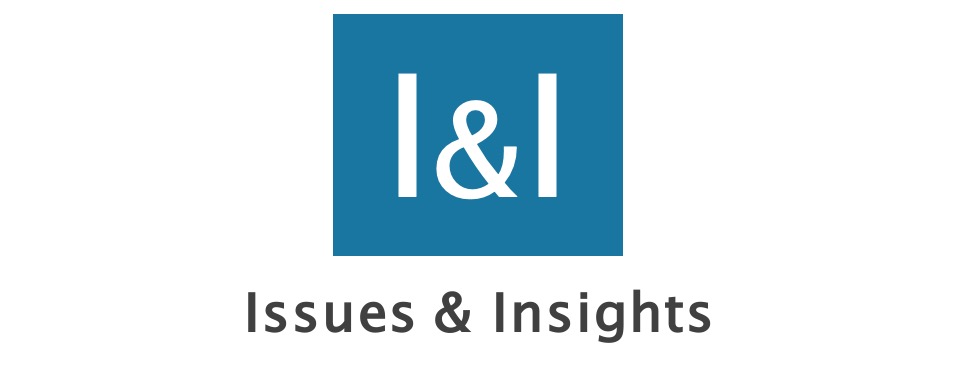Americans are already unhappy with the cost of prescription drugs. They may get a whole lot unhappier when they learn of a new report detailing how some companies game the system at patients’ expense.
The nonpartisan Government Accountability Office (GAO) just released an investigation into the prescription drug industry. It shows just how much some Medicare insurance plans and pharmacy benefit managers (PBMs) are ripping off patients, leaving little doubt that it’s time for Congress to step in.
Nearly 50 million Medicare recipients are enrolled in Part D, a voluntary program in which private insurance companies provide beneficiaries with drug coverage. For some drugs, usually the more expensive ones, Part D plans may require patients to a coinsurance fee — a percentage of the cost of a medication — out of pocket. Most seniors believe their coinsurance is based on what the insurance company pays for drugs. It turns out that’s often not the case.
In fact, the GAO report found that as a group, Part D patients paid four times more than insurers for many drugs.
How is that possible? Insurance companies set coinsurance fees based on different “tiers” and a medication’s “list price”– i.e., the full, published cost of a drug. But, insurers may pay much less because PBM middlemen negotiate discounts and rebates from the drug manufacturers in exchange for favorable placement on formularies, which are the insurers’ lists of preferred medicines.
Consider a drug with a $400 monthly list price. After discounts and rebates, the insurer may pay just $50 for a one-month supply. Yet the insurer calculates the patient’s out-of-pocket share as a portion of the $400 list price, not the $50 the company actually pays. If the coinsurance were 20%, the patient would pay $80 at the pharmacy rather than $10 (i.e., 20% of $50).
Thus, the patient would pay the insurer $30 more than the insurer paid for the drug after discounts and rebates. And that’s over and above the Part D insurance premiums, which are supposed to be covering the insurer’s cost.
The GAO report says that in 2021, Medicare enrollees spent $21 billion on 79 of the 100 drugs receiving the most rebates. But after rebates and discounts, the health plans paid only $5.3 billion for those same medications.
It’s not clear how much of this profit the insurance company may kick back to the PBM because the industry is purposely opaque. The murkiness is made worse by the fact that three major health insurers — Aetna, Cigna, and UnitedHealthcare — or their parent companies own the three biggest PBMs — CVS Caremark, Express Scripts, and OptumRx, respectively. Together, they control nearly 80% of the U.S. market for prescription drugs.
To be sure, insurers and PBMs say they pass at least some of the discounts and rebate savings on to patients through slightly lower Part D premiums. Yet the current practices place the greatest financial burden on the Medicare recipients with the most medical needs, and may make the difference between whether or not a cash-strapped patient adheres to a regimen of lifesaving medication.
In effect, the sickest patients who require the costliest drug treatments are cross-subsidizing the premiums of healthier plan members who aren’t dependent on expensive drugs.
The new study also revealed the way the PBM system contributes to price inflation. Since a rebate is a portion of the list price, PBMs can bank bigger rebates from drug makers for newer, higher-priced drugs. Thus, there is an economic incentive for PBMs to design formularies that favor the more expensive medicines.
The report found that nearly a quarter of Part D plans cover rebate-paying, brand-name medications but omit some cheaper, clinically equivalent generic versions from their formularies. These practices not only restrict competition and patient choice, but pressure drug companies to keep prices higher so that they can afford to pay ever-higher rebates.
Ironically, the current system makes it appear that drug manufacturers are profiting from high drug prices when they often receive only a small portion of their list prices because of the discounts and rebates.
These practices probably won’t be fixed without legislation that realigns the economic incentives. One proposal, the Patients Before Middlemen Act, would mandate that PBMs receive flat, transparent service fees rather than compensation based on the cost of drugs.
It’s time to reform a system that costs patients, taxpayers, and the entire American health care system far more than it should. More transparency has a way of lowering costs for patients — and the country.
Merrill Matthews is a resident scholar with the Institute for Policy Innovation in Dallas, Texas. Follow him on Twitter @MerrillMatthews.





 Using these vague “policy violations,” Google is now threatening to demonetize us. It’s part of Big Tech’s effort to silence conservative voices.
Using these vague “policy violations,” Google is now threatening to demonetize us. It’s part of Big Tech’s effort to silence conservative voices.
Should be …actual*LY*… in the title.
Please do not publish my comment.
I see this daily in our independent primary care practice. PBMs practice “spread pricing” which causes me to ask my patients to constantly comparison shop the cash price vs. the insurance billing price. Experientially, HALF the time patients get a better deal asking to pay the non-insured cash price because PBMs are pocketing the negotiated savings they strong arm from the pharmacies (which has caused several small rural pharmacies to close). Anything that promotes transparency from PBMs and pulls back the curtain on their 800lb gorilla tactics is welcome and would benefit patients across the board.